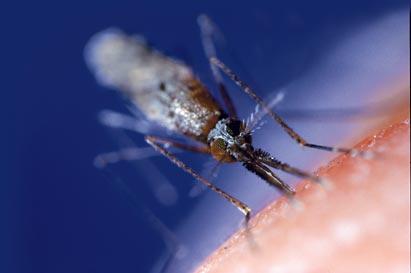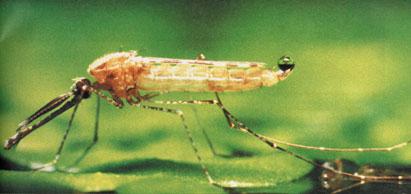The mosquito genome that transmits malaria
2002/10/03 Galarraga Aiestaran, Ana - Elhuyar Zientzia
Knowing the mosquito genome, many scientists believe that the way to develop new strategies would be opened. For example, this would allow knowing how the mosquito chooses the host or how the parasite cycle is interrupted within the mosquito.
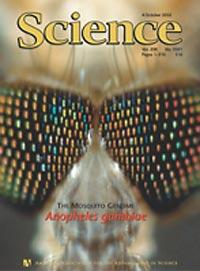
Now the first step has been taken. In fact, the journal Science has just published the genome of the dominant species of the genus Anopheles that contaminates malaria, the mosquito A. ganbiae. He has also published other studies related to malaria. In total, two additional research articles, ten opinion papers, four reports and an editorial accompany the genome article. In addition, the journal
Nature has released the parasite genome and there they have also published another large amount of additional information.
Genome of Anopheles ganbiae
Numerous international researchers have participated in the decoding of the mosquito genome. Led by Robert A, by Celera Genomics. It has been Holt, and among all they have managed to analyze the genome of the mosquito Anopheles gambiae. For this purpose the shotgun method has been used, that is, several parts of the genome have been randomly sequenced and the overlapping ends have been joined. Finally, a genome of
278 million nucleotides, basic DNA units, has been obtained.
When female carabiner takes human blood, some blood proteins and lipids go to the ovaries and help develop eggs in 2-3 days. After laying the eggs, look for a guest again to catch their blood, digest and develop and lay the eggs.
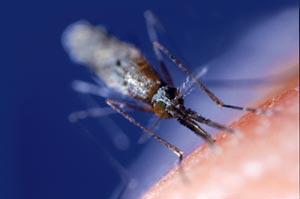
The components that form by digesting the blood cause some genes to activate and others to inactivate. To find out what these genes are, the parts of DNA that code genes have been analyzed, both in female mosquitoes that took blood and in those that have not ingested blood, and the results have been compared. This has allowed to know possible destinations of new vaccines or insecticides.
Insecticide resistance
Insecticide resistance is thought to be manifested by two mechanisms: increased expression of genes that detoxify the insecticide or mutation of genes that encode the target proteins of insecticides. Two types of genes have been detected in the genome, as well as variants called SNPs in individual nucleotides. In Holt's view, this information can serve to identify targets for developing new insecticides.
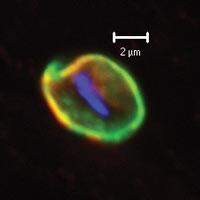
Other researchers have focused on the moving parts of the genome. These parts are called transposon and have the ability to place themselves in the genome anywhere. So, sometimes they are outside and others inside, and they can appear anywhere. As a result, logically, variability increases enormously. Well, this type of fragments account for 16% of the mosquito genome.
In addition, genes that encode the enzyme that divides DNA have been identified. They believe that all this information can be used to introduce new genes into the mosquito genome, for example, to introduce some gene into the mosquito that blocks the parasite cycle. They can also be used as markers to differentiate mosquito populations of the same species, as some populations are better malaria transmitters than others or are more resistant to insecticides.
Mosquito smell and genetic transformation
In another paper published in Science, Catherine Hill and her team analyze how the carabiner approaches the man. Apparently, the mosquito has the ability to recognize the smell of the human being, and thereby chooses who to get there. This team of researchers, along with Holt's team, has identified A. gambiae odour receptors. Blocking these receptors would be enough to prevent mosquito biting.
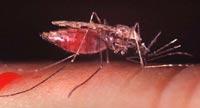
In addition, several scientists propose to genetically transform the mosquito to make it unable to transmit the disease. These mosquitoes have already been achieved and some propose their release in nature to replace common mosquito populations. Before, however, we must study in depth the ecology of the mosquito, on which Thomas W has acted. Groups led by Scott.
In addition to all this, this issue of the journal contains many other research related to malaria and the mosquito genome A. ganbiae. Each of them addresses a different aspect and all give options to find new ways to fight the disease. Certainly, a huge job has been done, to see if descendants are able to respond to hope.
Complementary articles:
Malaria has decoded the genome of the malaria-responsible microorganism
for a terrible health problem

Gai honi buruzko eduki gehiago
Elhuyarrek garatutako teknologia




